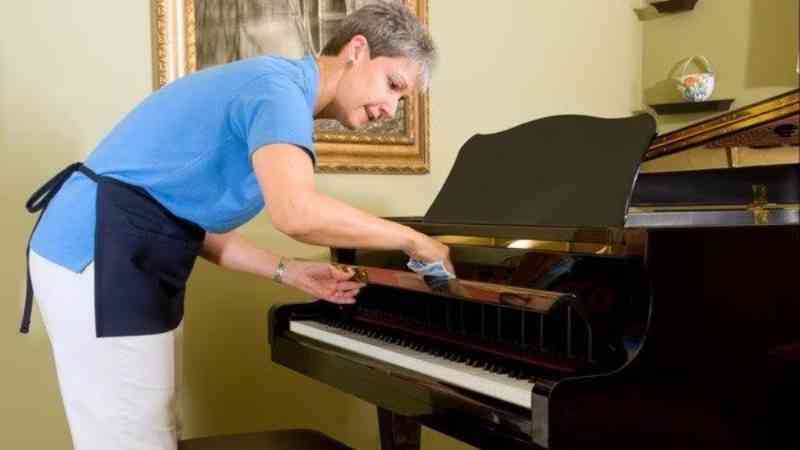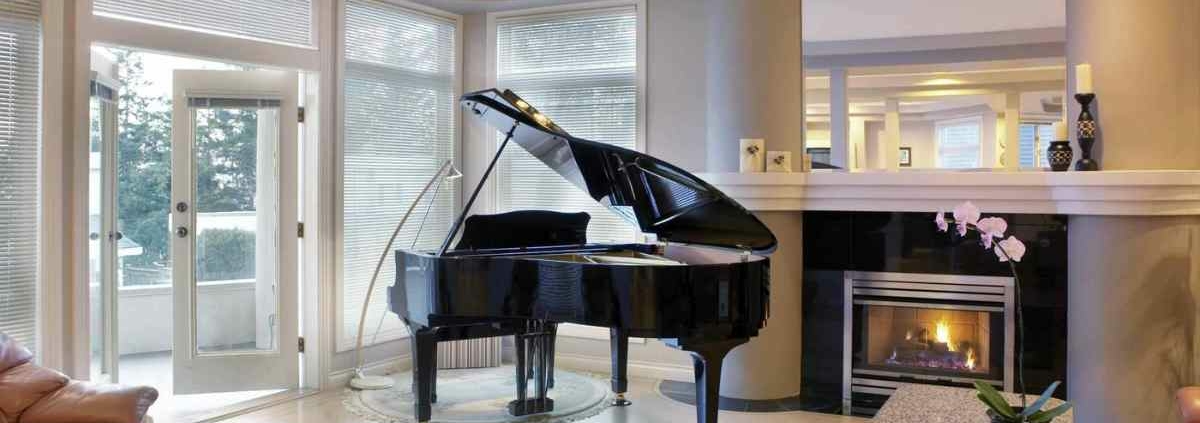Simple and Easy Guide to Controlling Humidity for Pianos
Piano is a delicate and expensive musical instrument that requires careful maintenance to preserve its best sound quality and longevity. One of the most important factors to consider when preserving a piano is humidity. Below is the most detailed guide to humidity control for pianos compiled by Pianosintheparks.
Read more:
- How to Maintain a Grand Piano
- How to maintain an electric piano
- 7 Easiest Ways to Improve Your Piano Playing Technique
- 12+ Benefits of Playing Piano
- How Many Piano Keys Are On A Piano?
The Importance of Humidity for Pianos
Humidity directly affects the wooden and metal components inside the piano. When humidity changes, the wood will shrink or expand, affecting the structure and sound quality of the piano. Sudden changes in humidity can cause issues such as:
- Sound instability: Low humidity causes wood to shrink, resulting in loose strings and out-of-tune sounds. Conversely, high humidity causes the wood to expand, creating uneven tension on the strings.
- Cracking or warping: Continuous expansion and contraction of the wood can lead to cracking or warping, damaging the surface and structure of the piano.
- Rust: High humidity can cause rust on the metal parts inside the piano, reducing their lifespan.

Effective Humidity Control for Pianos
Maintain Ideal Humidity Levels for Your Piano
The ideal humidity level for a piano is around 40-50%. To maintain this level, you can use the following methods:
- Air conditioner: An air conditioner helps maintain stable humidity levels in the room. In the summer, it also helps cool the room and reduce humidity.
- Dehumidifier: In high humidity areas, a dehumidifier helps control and reduce the room’s humidity.
- Humidifier: Conversely, in winter or dry areas, a humidifier will help increase the moisture in the air.
Use Integrated Humidity Control Systems
Some high-end pianos have integrated humidity control systems like Damp-Chaser. These systems help automatically adjust the humidity around the piano, protecting it from the negative effects of humidity changes.
Choose an Appropriate Placement
- Avoid placing near windows or doors: These locations frequently change in temperature and humidity, negatively impacting the piano.
- Do not place near heat sources: Avoid placing the piano near heaters, ovens, or direct sunlight, as they will reduce the humidity around the piano.
Regular Maintenance
- Check humidity: Use a hygrometer to check the humidity in the room where the piano is placed. Place the hygrometer near the piano for the most accurate readings.
- Tune the piano: Regular maintenance by a professional technician ensures the piano is always in its best condition. The technician can check and adjust parts affected by humidity.
Create a Stable Environment
- Control temperature: The ideal temperature for a piano is around 20-22°C. Ensure the room temperature is stable and avoid sudden changes.
- Protect the piano during transport: If you need to move the piano, ensure the new environment has similar temperature and humidity conditions as the old one. Avoid moving the piano on extreme weather days.
Conclusion
Controlling humidity for pianos is crucial to maintaining sound quality and durability. By implementing the above control measures and regular maintenance, you can protect your piano’s value and sound quality for many years to come. Pianosintheparks.com wishes you success!




Leave a Reply
Want to join the discussion?Feel free to contribute!